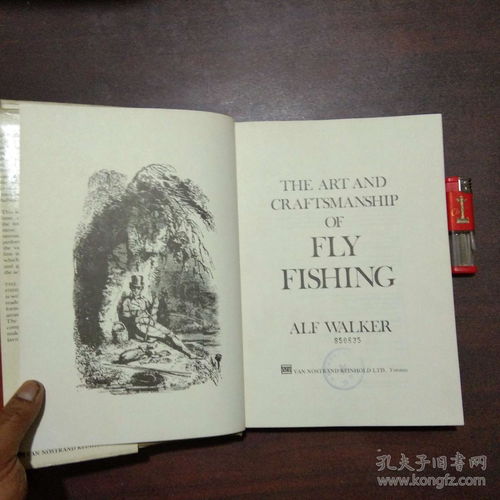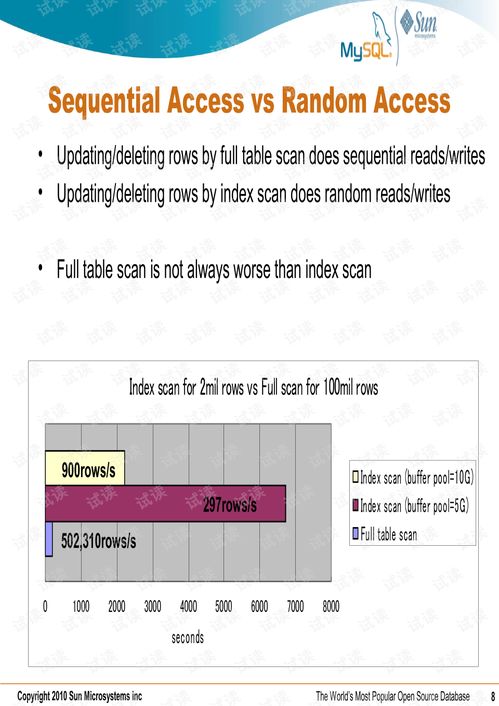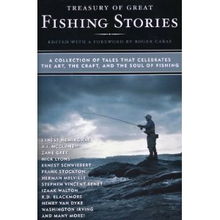The Art of Fishing: How to Skillfully Reel in Duckweed
Fishing is an activity that brings joy and relaxation to millions of enthusiasts around the world. However, even the most serene fishing experience can be marred by the presence of unwanted vegetation, such as duckweed. Duckweed, or Lemna minor, is a small, floating plant that can quickly take over a pond or lake, making it difficult to fish effectively. In this article, we will delve into the art of fishing and provide you with essential techniques for skillfully removing duckweed from your pond, ensuring a smooth and enjoyable fishing experience.
Understanding Duckweed
Before we dive into the techniques, it’s important to understand what duckweed is and why it can be problematic for anglers. Duckweed is a type of aquatic plant that floats on the surface of the water, often forming dense mats. It grows rapidly, especially in nutrient-rich waters, and can spread quickly, covering large areas of the water body. This not only affects the aesthetics of the pond but can also block sunlight from reaching submerged plants, leading to oxygen depletion and an imbalance in the ecosystem.
Preparation for Duckweed Removal
Before you start fishing, it’s crucial to prepare for the removal of duckweed. Here are some steps to follow:
Identify the Type of Duckweed: Different types of duckweed may require different methods of removal. Research the specific type of duckweed in your pond to determine the most effective approach.
Choose the Right Equipment: You will need the right tools to remove duckweed effectively. A net, a rake, or a specialized duckweed scoop can be useful. Ensure that your equipment is clean and free from debris that could introduce invasive species.
Understand Local Regulations: Some areas have specific regulations regarding the removal of aquatic plants. Make sure you are aware of and comply with these regulations to avoid any legal issues.
Techniques for Duckweed Removal
Now that you are prepared, let’s explore some effective techniques for removing duckweed:
Manual Removal: The simplest and most straightforward method is to manually remove duckweed. Use a net or a rake to scoop up the plant from the surface of the water. This method is best for small areas or when the duckweed is not too dense.
Duckweed Scoop: A specialized duckweed scoop can be a game-changer for removing large amounts of duckweed. These scoops are designed to efficiently gather the plant without disturbing the water or the fish below.
Mechanical Rake: For larger ponds, a mechanical rake can be more effective. These rakes are designed to be pulled across the surface of the water, collecting duckweed as they go.
Boat-mounted Equipment: If you have access to a boat, you can use equipment like a water wheel or a specialized paddle to remove duckweed more efficiently over a larger area.
Chemical Control: In some cases, chemical treatments may be necessary to control duckweed. However, this should be a last resort, as it can have negative impacts on the environment and the fish population. Always consult with a professional before using chemicals.
Post-Removal Care
After removing the duckweed, it’s important to take care of the area to prevent regrowth:
Aeration: Improve water circulation and aeration to reduce nutrient levels that can promote duckweed growth.
Submerged Plants: Encourage the growth of submerged plants that can compete with duckweed for nutrients and sunlight.
Regular Monitoring: Keep an eye on the pond and remove any regrowth as soon as it appears to prevent it from becoming a problem again.
Fishing Techniques When Duckweed is Present
If you are fishing in a pond with duckweed, there are some additional techniques you can use to increase your chances of success:

Early Morning or Evening: Fish during low-light conditions when duckweed is less likely to be disturbed and may not be as visible.
Quiet Approach: Approach the water quietly to avoid disturbing the duckweed and spooking the fish.
Use of Lures: Lures can be more effective than natural bait when fishing in duckweed because they are less likely to become entangled.
Adjust Your Tackle: Use heavier line and hooks to reduce the likelihood of your line getting caught in the duckweed.
Target Fish During Duckweed Breaks: Sometimes, fish will rise to the surface to feed on duckweed. Target these moments when fishing.
In conclusion, managing duckweed in your pond is an essential part of maintaining a healthy and enjoyable fishing environment. By understanding the nature of duckweed, preparing the right equipment, and employing effective removal techniques, you can keep your pond clear of this unwanted vegetation. And with the right fishing techniques, you can still enjoy a productive and enjoyable day on the water. Happy fishing!












